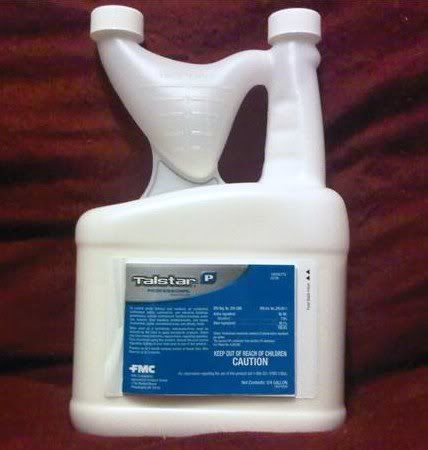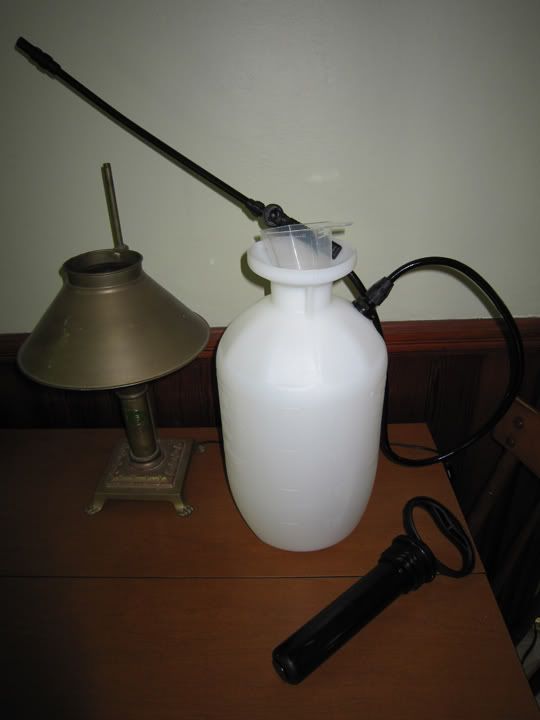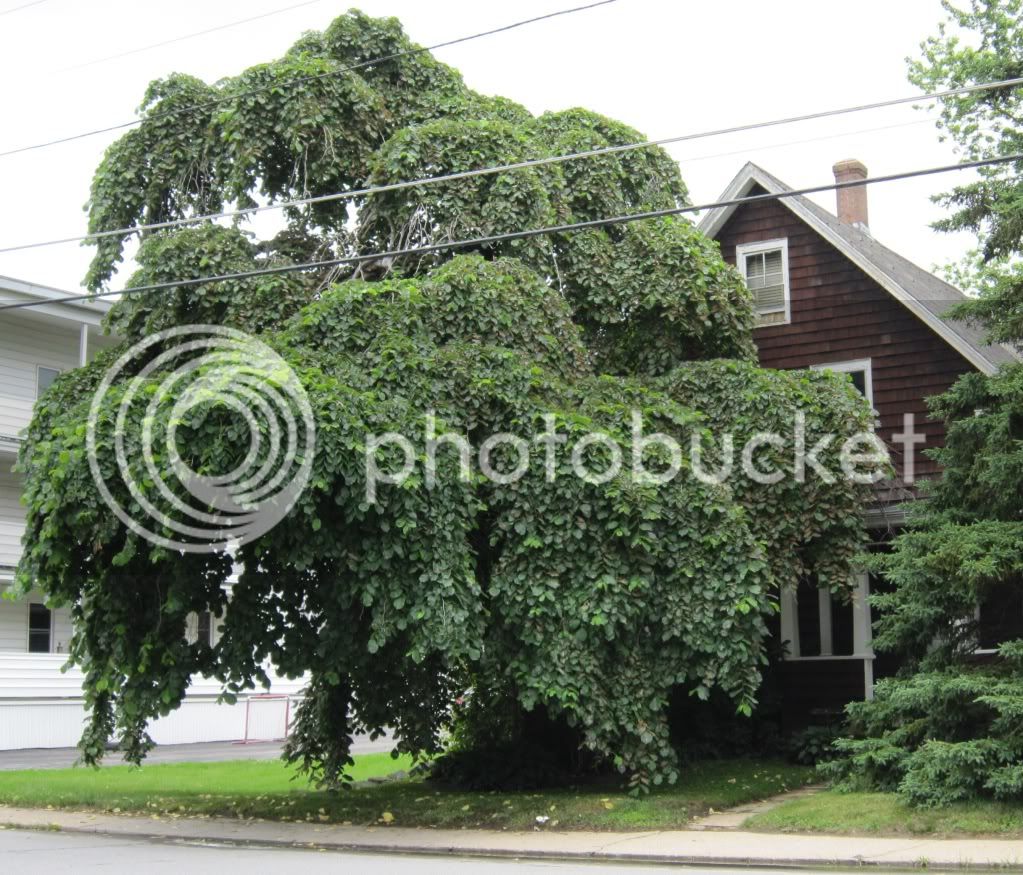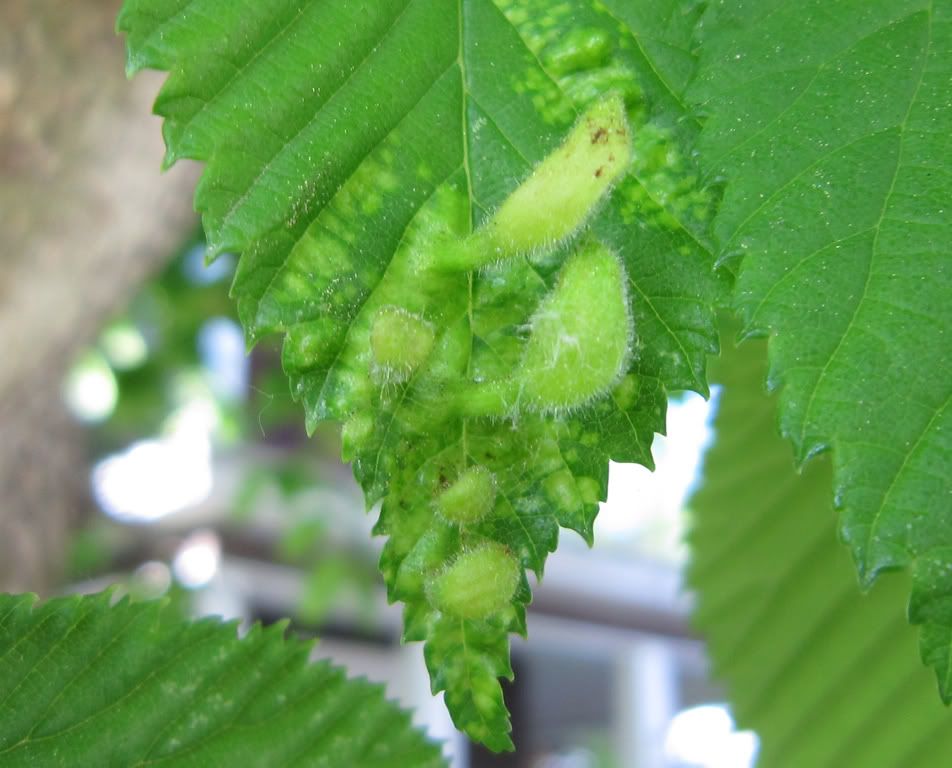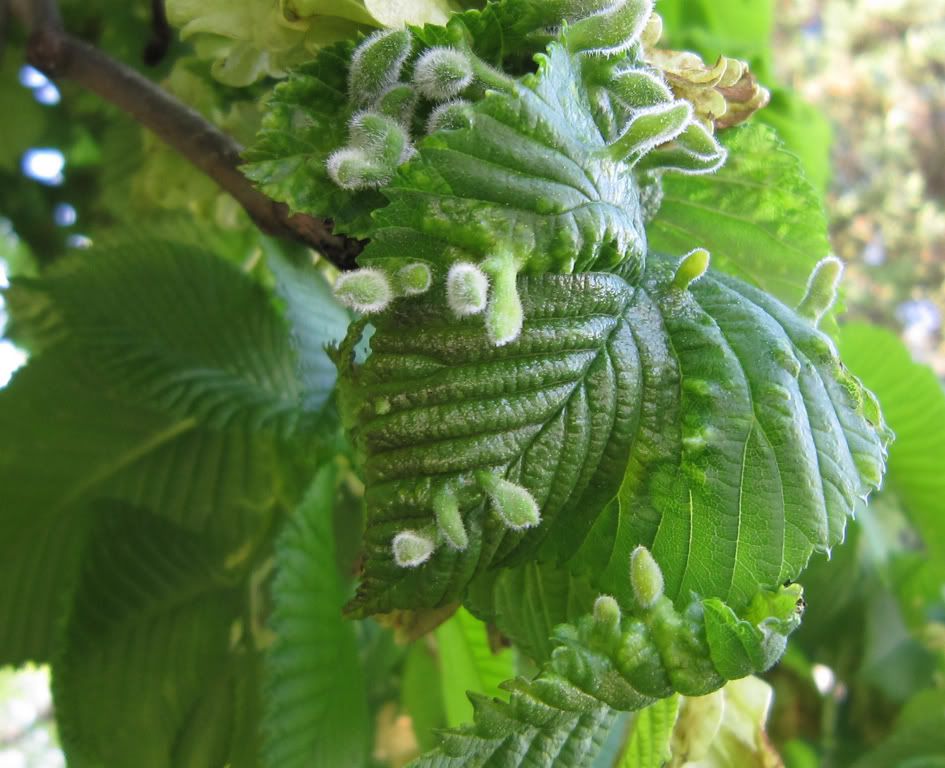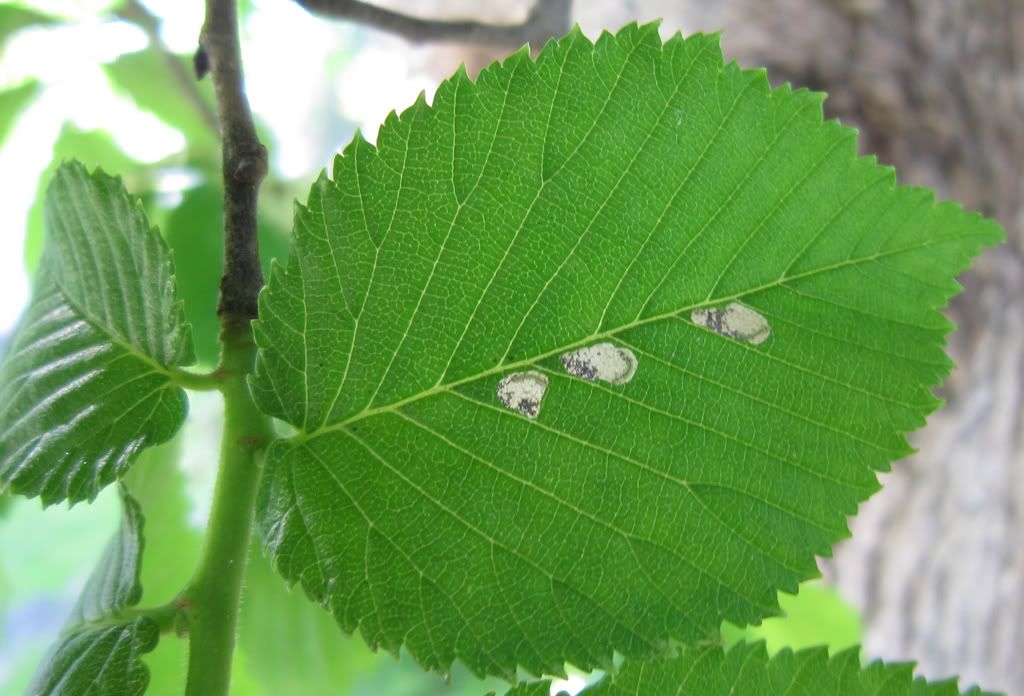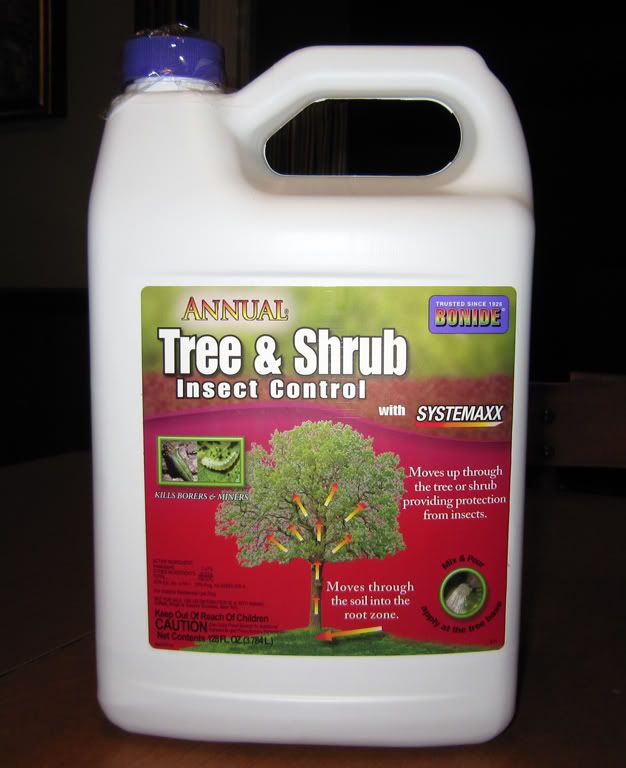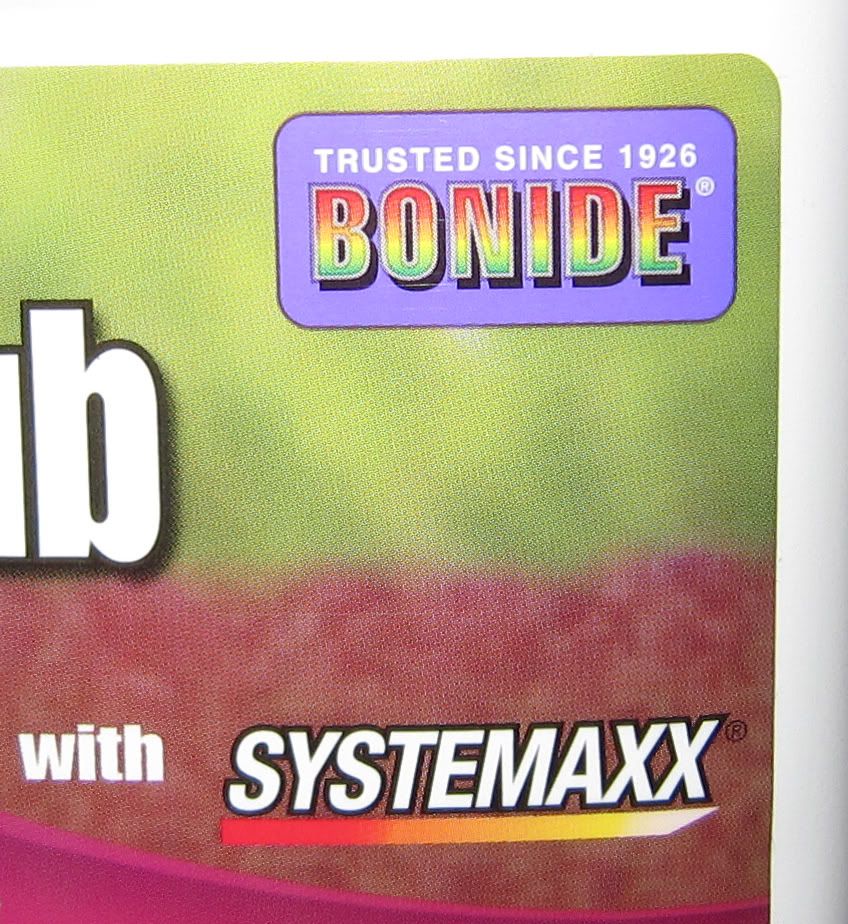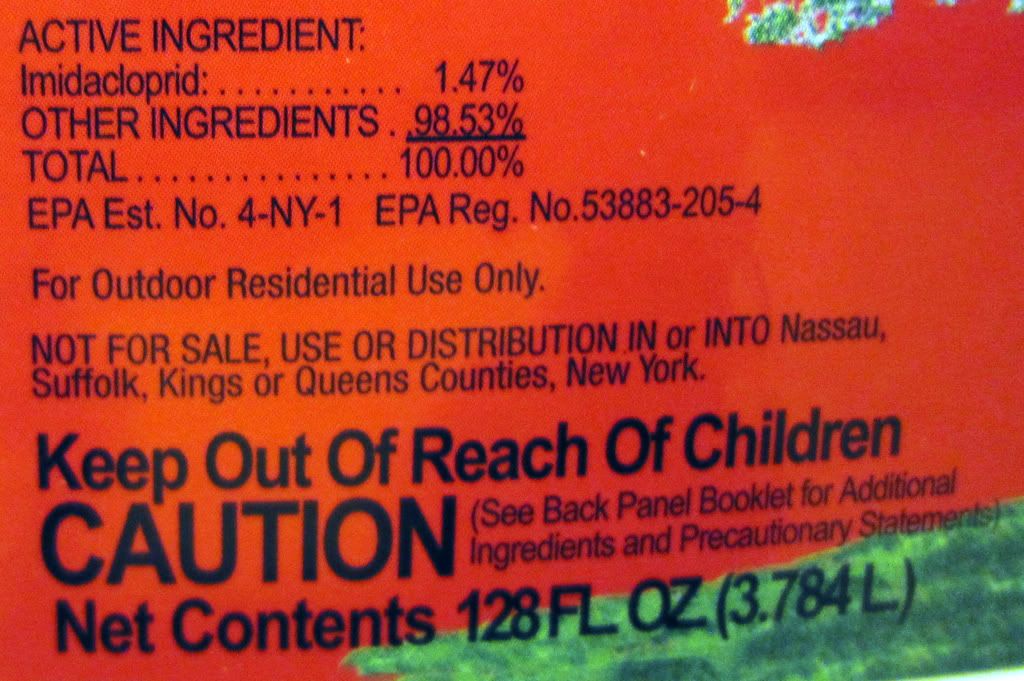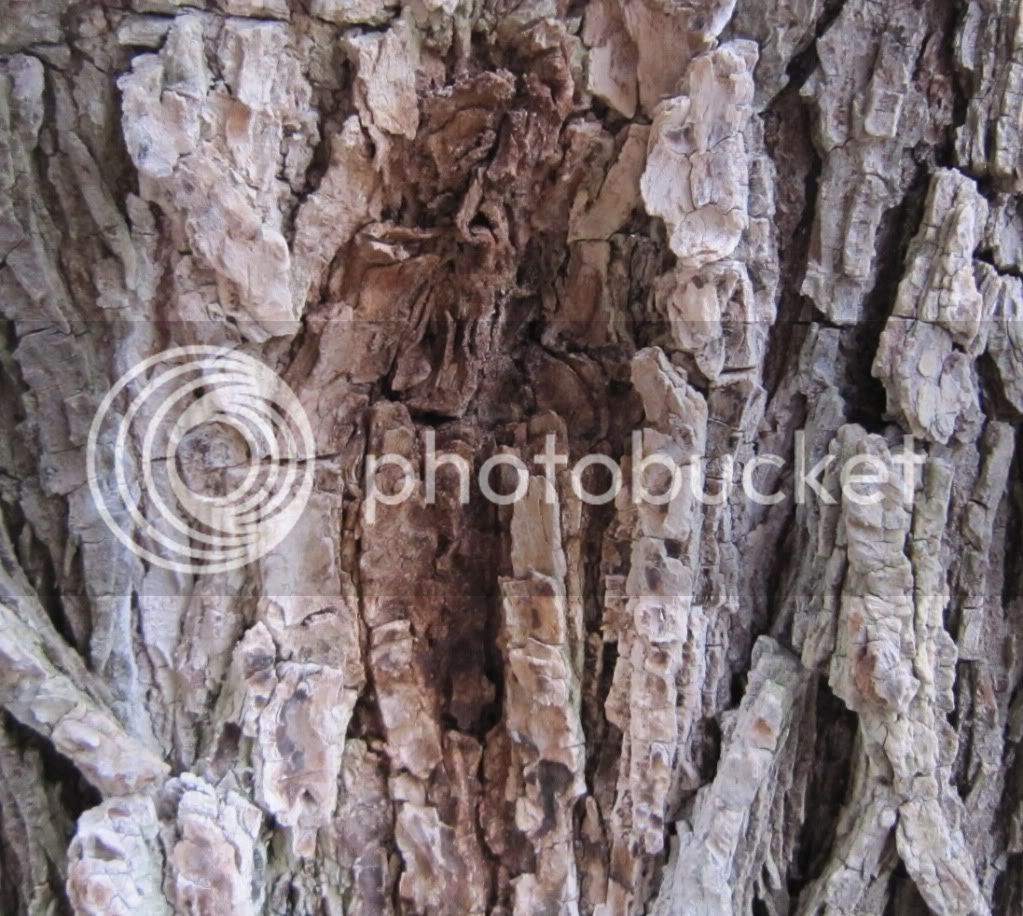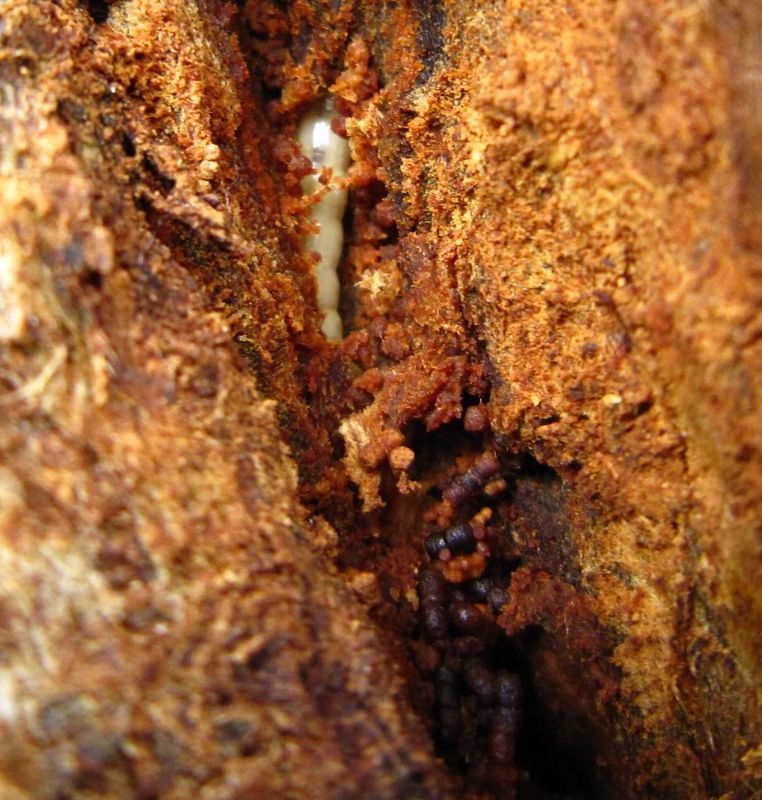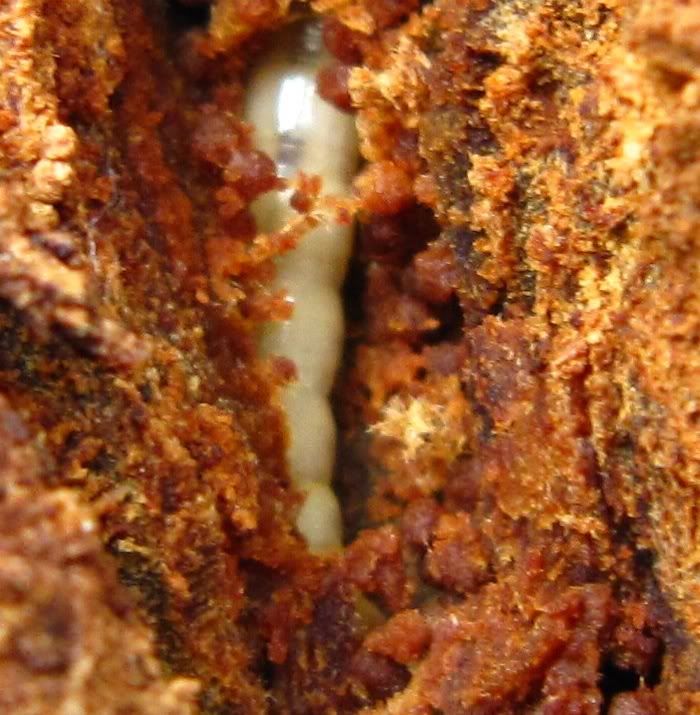That looks like an ok product to me. It is an imidacloprid product that is labeled for soil drench, and the advertising even lists the application rate.
Specifically listing elm leaf miners is expecting a bit much from a product label. Some insect infestations are so common, that they get specifically included with every label. An example might be "bagworms" for junipers, or pine sawfly in pine trees. This is done for marketing reasons to make sure that their product is selected when the buyer is looking for something that specifically treats their problem.
Other insect problems include a very wide variety plants and many different species. "Aphids", "caterpillars", and "leaf miners" fall into this category. By making a general description of the problem, the manufacturer is trying to let you know what it will work on, without limiting the scope of where the product can be used. Federal regulations limit the use of a product to following the product label exactly; so if it only lists beech leaf miners, and you have elm leaf miners, you might feel restricted from using the product. Furthermore, there are so many different insects within many of these categories that it is unrealistic to even attempt a complete list. No one would read a label that long, anyway.
You should try harder to understand each insecticide before you attempt to use or purchase it. Imidacloprid is a
systemic insecticide. This means that it gets into the plant itself, and is translocated to all the parts of the tree; effectively making it a poison pill for whatever susceptible insects might try to take a bite.
Insecticide formulations could be loosely grouped into several different kinds of delivery. Generally, they would be "contact", "residual", and "systemic".
* Contact insecticides generally must be put directly onto the bug to kill them. They are usually highly fatal to the targeted bugs, but do not linger in the environment.
* Residual insecticides are the most commonly used, and also pose the greatest risk to the environment. They linger in the areas that are treated, and continue to kill long after they are applied. They tend to be less toxic in short exposures, but they get the job done by persisting in the areas where the bugs are living.
* systemic insecticides would actually be a subset of residual insecticides. They add the ability to become part of the treated organism (be it plant or animal), which then becomes poisonous to the targeted insects. This has a number of advantages and disadvantages: while highly effective and economical, systemic insecticides are generally not available for the agricultural products that
we call "food" (for obvious reasons).
The bifenthrin (Talstar) you were considering would be a residual insecticide. The reason that it is a poor choice for your usage is that it requires special equipment to get effective coverage of a tree. This means big buck$ for powerful spraying systems that can penetrate the foliage and get a thorough application to all parts. I suspect that it would also be of marginal effectiveness for leaf miners, as they might be protected from the insecticide by the leaf itself. The galls mites would almost certainly be protected.
Read more here:
Bifenthrin - Wikipedia, the free encyclopedia